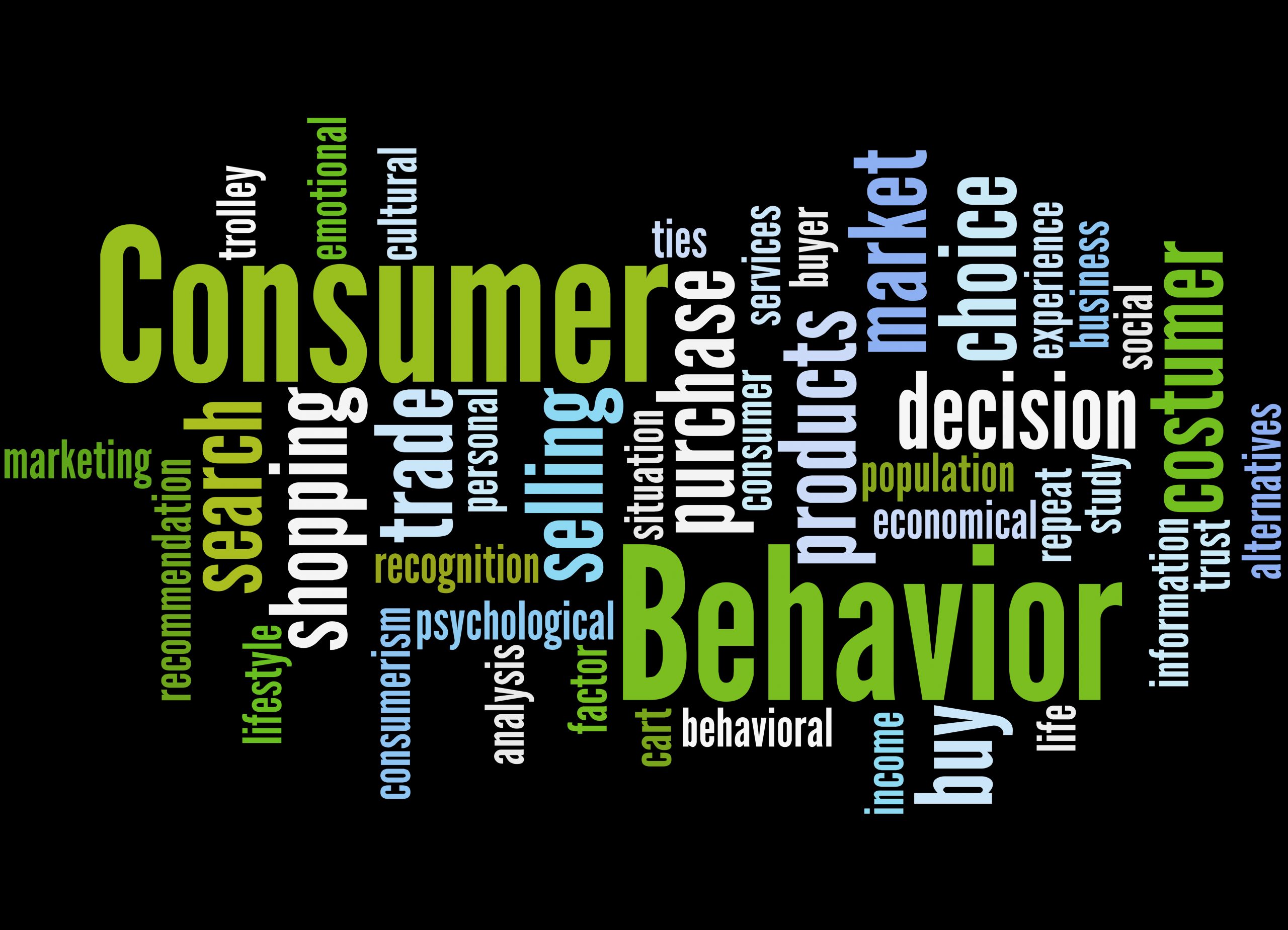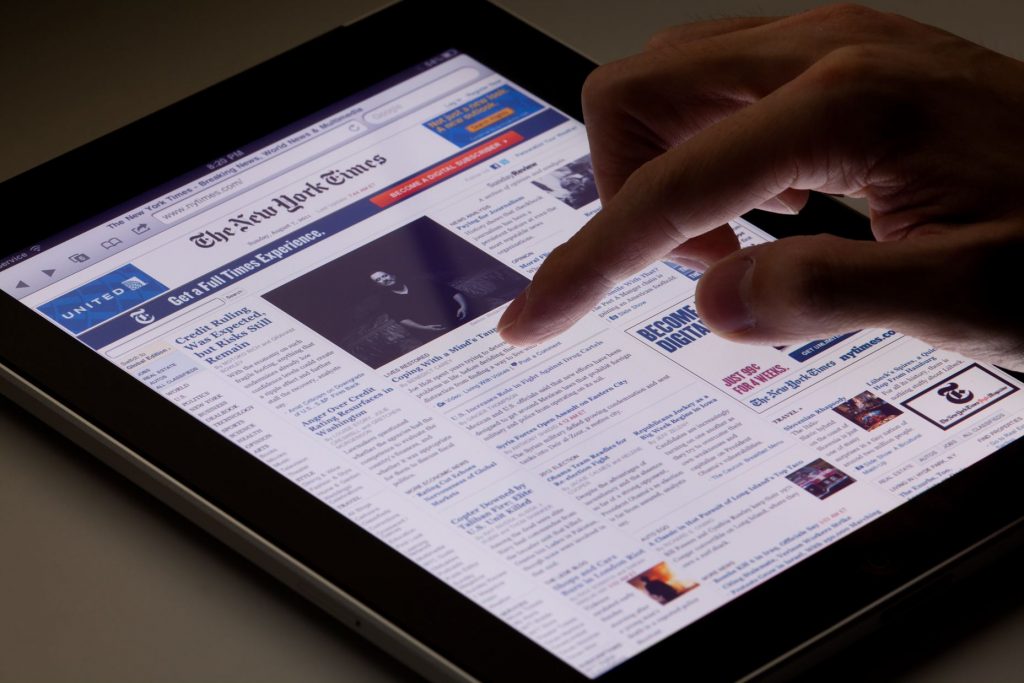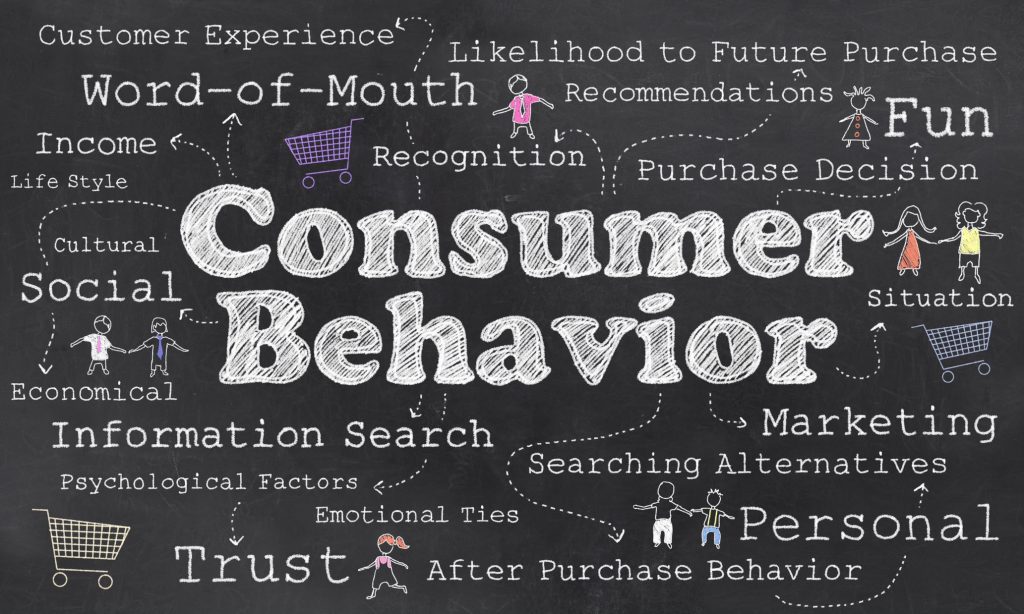How can we begin to understand a topic as complex as consumers and consumer
behavior?

Years ago I was lucky to have worked with Jim Bangel, a distinguished product scientist at Procter & Gamble. Jim thought deeply about consumers and consumer behavior. He was constantly experimenting with and researching their choices and motivations. The following ideas sprang from Jim’s great mind & writings (with some embellishing based on my work since then).
The following is a guide to consumer behavior that CMOs and agency leaders can use with their teams to create better consumer-centric plans. How can we understand consumers?
Your team needs people that reflect your consumers.
You might think this is an obvious statement, but it is not. We recently ran an agency review for a beauty products firm, and one of the agencies pitching the business showed up with a presentation team of seven white males. They were pitching to a multicultural group of mostly women. That agency did not win the business. That may seem like an extreme example, yet we often see entirely white agency pitch teams.
We also often see male-dominated teams pitching marketing teams that are at least 50% female.
It is incredibly difficult to appreciate things that are beyond our own life experience. Homelife, education, race, religion, culture, and many other factors impact our views of the world, tastes, and expectations. If you want to understand your target audiences, surround yourself with people that reflect those audiences
With the right team in place, it’s important to look at the world through the eyes of your target consumers.

What do consumers see? Consumers are faced with literally thousands of images and enticements each day… ranging from Jimmy Fallon to Facebook, to the stop at the local convenience store, to the advertising messages on the back of the bus they’re stuck behind in traffic, to billboards, infomercials, the radio, email spam, social messaging and even to the internet surfing they may be doing as part of work or play. “Free” this, “New and Improved” that, and “Free Trial” now.

In grocery stores alone, consumers see 30,000 or more items. Each year 10,000 or more new items show up. And consumers are exposed to thousands of advertising and social messages each day.
Making sense out of all of this is a daunting task for consumers. One study I recall from years ago indicated that the typical cheese purchaser in a supermarket spent about 6 seconds on average passing thru the cheese section and making their selection. 6 seconds! What resources do consumers have to deal with this? At best, a few minutes a day of their own time, plus assorted information sources which are often misleading, biased, or simply factually wrong.
How do consumers cope with this impossible purchasing assignment? They recognize that they simply cannot optimize every purchase decision – and even recognize that it’s a bad strategy to even try. Consumers know they must strike a balance between the quality of their purchase decisions and the time they spend making those decisions.
Consumer behavior makes sense.
Consumer behavior is logical, understandable, and predictable. And, this logical, understandable, and predictable behavior flows from a single, critical overarching principle that governs how typical consumers cope in this crazy world.
Consumers try to avoid making the same decision twice.
Once consumers have a satisfactory decision, they recognize it’s generally not a good use of their time to try and improve it further. Consumers simply do not have enough time to reexamine every decision. They certainly can’t afford the time it takes to reexamine their thinking every time they hear about a new product, an upgrade, or new advertising. How do consumers minimize reexamining decisions? They do this by trying to move most decisions to routine behavior, such as “always buy this Brand” or “always buy the cheapest of these three Brands.”
They then subconsciously set up their own internal barriers to avoid re-making decisions. They screen out advertising messages, hear only what they want to hear, distrust information that disagrees with their experiences, and distort their perceptions of reality in favor of their current purchasing decision.
This is very logical behavior. Consider the cheese buying example: a consumer likely has a limited amount of time in a supermarket or online; to get everything done that needs to be done, they must discipline themselves to efficiently tackle the task at hand. If that task includes buying cheese, they likely zip through the cheese section and grab the Brand that has typically served them well in the past. Maybe they type “shredded cheese” in the Amazon or Instacart search bar. Remember, this is a 6- second process! No time to rethink previous decisions… if the Brand they like is available, then the consumer can stay on schedule.
Try this the next time you go to the store and buy a staple item: did you ponder the decision over which Brand to choose? Did you reconsider if you’re favoring the right product? Or did you simply see the Brand you normally buy and grab it? Why rethink a decision that you’ve already made? Years ago I decided that the NY Times had great editorial writers and outstanding journalists, which are very important to me in a newspaper.

I especially liked many of the star-caliber op-ed writers. I subscribed. Case closed. Great offers to try other morning newspapers like the Wall Street Journal would come my way and I would ignore them… I’d made my decision, and I was happy. I favored my status quo. And taking this a step further, I eventually embraced the NYT Online. While the news today is readily and freely available online, I subscribe to the New York Times online.
I would submit that most of us make many decisions without hesitation, on the run, without reexamining our decisions. We may quickly scan the shelves to see which Brand is on sale… but even in that case, we then purchase an item that we’ve already had favorable opinions of.
There certainly are categories and consumers that are prone to experimentation – like some beauty shoppers in some specific trip missions. It is critical to understand these nuances! However, these categories and situations are more the exception than the norm.
Consumers establish a general set of beliefs and apply those beliefs liberally.
Consumers also make sense out of the world by subconsciously establishing a set of general principles to guide themselves, typically based on limited information, and then applying those principles liberally to a variety of situations.
Let me return to the cheese aisle to explain how this works. I learned years ago that I could trust the taste and texture of Sargento products. I did this knowing that technically most cheeses have similar ingredients and similar production processes. Sargento products always delivered and I was never dissatisfied. Over the years I also learned I like jack cheese and mozzarella and so most of my purchases would be Sargento branded jack or mozzarella. I became a very loyal buyer of Sargento cheese products.

A few years ago Sargento introduced their Balanced Breaks line of snackable products. These are delicious single-serve combinations of natural cheese and other snackable items like crackers, nuts, or dried fruit. They’re the ideal snack for anyone that is busy or needs a healthy treat.
The minute these products launched, I tried them. And here you have a liberal application of how the principle is applied: I trust Sargento cheese products, and so I bought the new Sargento snack that included both cheese and other snack items. I was liberally applying my trust in Sargento to try other Sargento products that made
sense to me.
Finally, consumers avoid rethinking all but the most pressing decisions.
They recognize that they do not have the time to make many decisions well, so they focus on the ones that matter the most. It is sound strategy to base many of their lesser decisions on weak or little information. Consumers also reexamine previously taken decisions only when significant changes occur. Bought a new car? Maybe you’ll
reevaluate your auto insurance.

But if you aren’t already in the market for new insurance, you’re largely immune to insurance messages.
Going on a long-anticipated vacation? You’ll likely do research and look for advice. But these are special, major decisions. If a consumer isn’t in the market for new car insurance or isn’t planning a trip, they are less likely to pay attention to those categories. This is why many of us duck the long-distance telemarketing call or don’t go online to check insurance rates at Geico.com – we already feel like we have a “good enough” deal and definitely aren’t eager to spend that rarest of resources – time – to investigate other options when we are already content.
Of course, there are categories where consumers are more open – or even desirous – of experimentation. Often highly emotional or very personal decisions – the clothes we buy, the fragrance we prefer, the makeup we wear, gifts we give – become an ongoing laboratory of personal experimentation and refinement. It’s important to both know that there are general rules of consumer behavior that apply and to be on guard for when the rules don’t apply. That deep understanding becomes a core part of the jobs of marketers, R&D, and agencies.
Recapping what we have covered so far:
Consumer behavior makes sense. Consumers:
• try to avoid making the same decision twice
• establish a general set of beliefs and apply those beliefs liberally
• avoid rethinking all but the most pressing decisions

What are the marketing, advertising, and product implications of these consumer screens? Join us next week…
Steve Boehler, founder, and partner at Mercer Island Group has led consulting teams on behalf of clients as diverse as Zillow Group, Microsoft, UScellular, Nintendo, Ulta Beauty, Stop & Shop, Qualcomm, Brooks Running, and numerous others. He founded MIG after serving as a division president in a Fortune 100 when he was only 32. Earlier in his career, Steve Boehler cut his teeth with a decade in Brand Management at Procter & Gamble, leading brands like Tide, Pringles, and Jif.